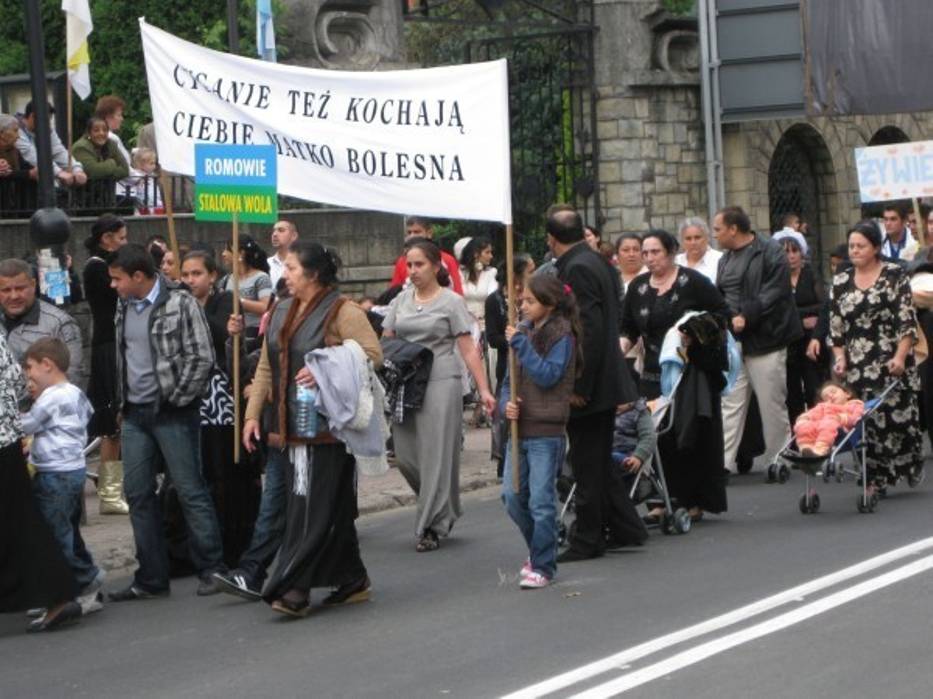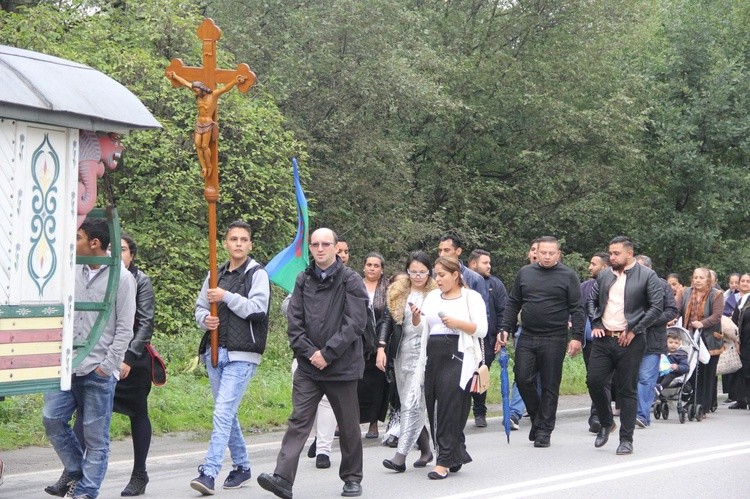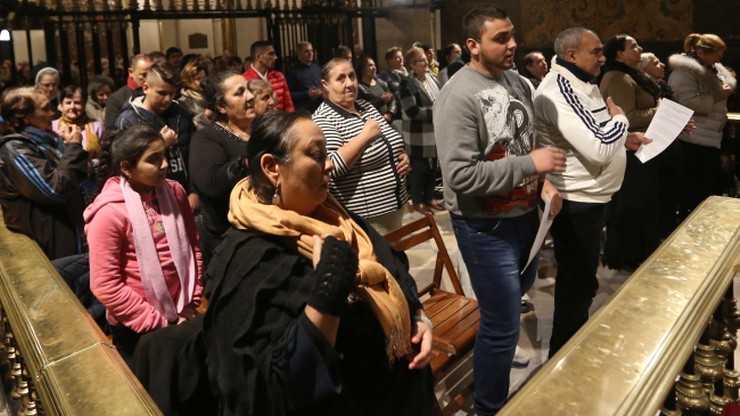Post by Bonobo on Feb 20, 2013 10:24:44 GMT 1
As a child, in 1970s I remember convoys of gypsy caravans travelling all over Poland and stopping at campsites. Those people used to be addicted to travel but today most are settled in towns and cities of Poland.
The estimates say there are about 15000 - 30000 gypsies in Poland. Very little compared to our southern neighbours: Slovakia, Bulgaria, Romania.
pl.wikipedia.org/wiki/Romowie_w_Polsce
Polska Roma are the largest and one of the oldest ethnolinguistic sub group of Romani people living in Poland. Some Polska Roma also live in North America, Switzerland, Sweden, Great Britain and countries of the European Union. The term "Polska Roma" is both an ethnonym of the group and a term used in the academic literature. As such it is distinct from the terms "Polish Roma" or "Roma in Poland" which denote the broader Roma population in Poland. Polish ethnographer Jerzy Ficowski, writing in the 1950s and 60s used the term "Polish Lowlander Gypsies" (Polish: Polscy Cyganie Nizinni) to refer to the same group, though this terminology is no longer in widespread use.
Polska Roma were nomadic until the twentieth century. They have not assimilated into broader Polish society, or the non-Romani cultures of other countries where they live. They are in fact one of the most traditional Romani groups in Eastern Europe. One exception to this is that the most common surnames among Polska Roma are characteristically Polish (for example Kwiatkowski or Majewski), or occasionally Polonized-German (for example Wajs or Szwarc). Polska Roma generally have had a very strict interpretation of Romanipen cultural laws and practices. Some cultural differences arose however within the community during and after World War II because those of the Polska Roma who spent the war in areas controlled by the Soviet Union were able to hold on to orthodox practice, while those under German occupation and threatened by genocide had to compromise the strictness of their traditions in order to survive.
They are closely related to Xaladitka Roma, or "Ruska Roma" who emigrated to the Polish-Lithuanian Commonwealth together with the Polska Roma. Because the Xaladitka settled in regions of present day Belarus, they became more affected by Ruthenian, rather than Polish, culture.[1]
More: en.wikipedia.org/wiki/Polska_Roma
e.g.,
After the war however, the communist government of People's Poland instituted a policy aimed at the "settling" of the Roma population which had survived the Holocaust. Initially this took the form of financial incentives - including free housing and "settlement funds" - but because the policy did not achieve the goals the communist authorities hoped for, by the late 1950s the policy evolved into one of forced settlement and outright prohibitions against the "nomadic" lifestyle. All Polska Roma had to register, "vagrancy" was outlawed, and Roma parents were often jailed if their children failed to attend the same school throughout the year (which was impossible in the context of a nomadic lifestyle). This policy of force resulted in about 80% of the previously nomadic Roma becoming settled, while a portion of the remainder went underground. Still others, emigrated abroad.
The Polska Roma poet Papusza (Bronis³awa Wajs) became nationally renowned during this period, as did her nephew, Edward Dêbicki.
History mingles with present times
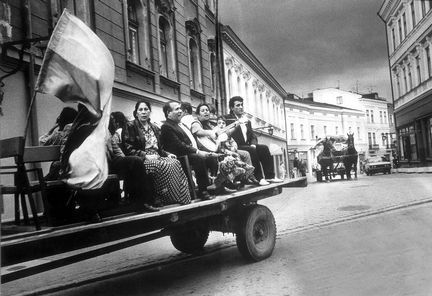


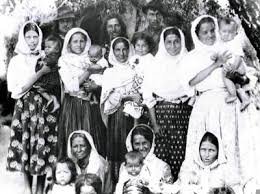

Coronation of Gypsy King before the war
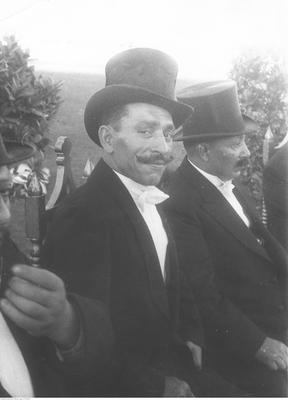
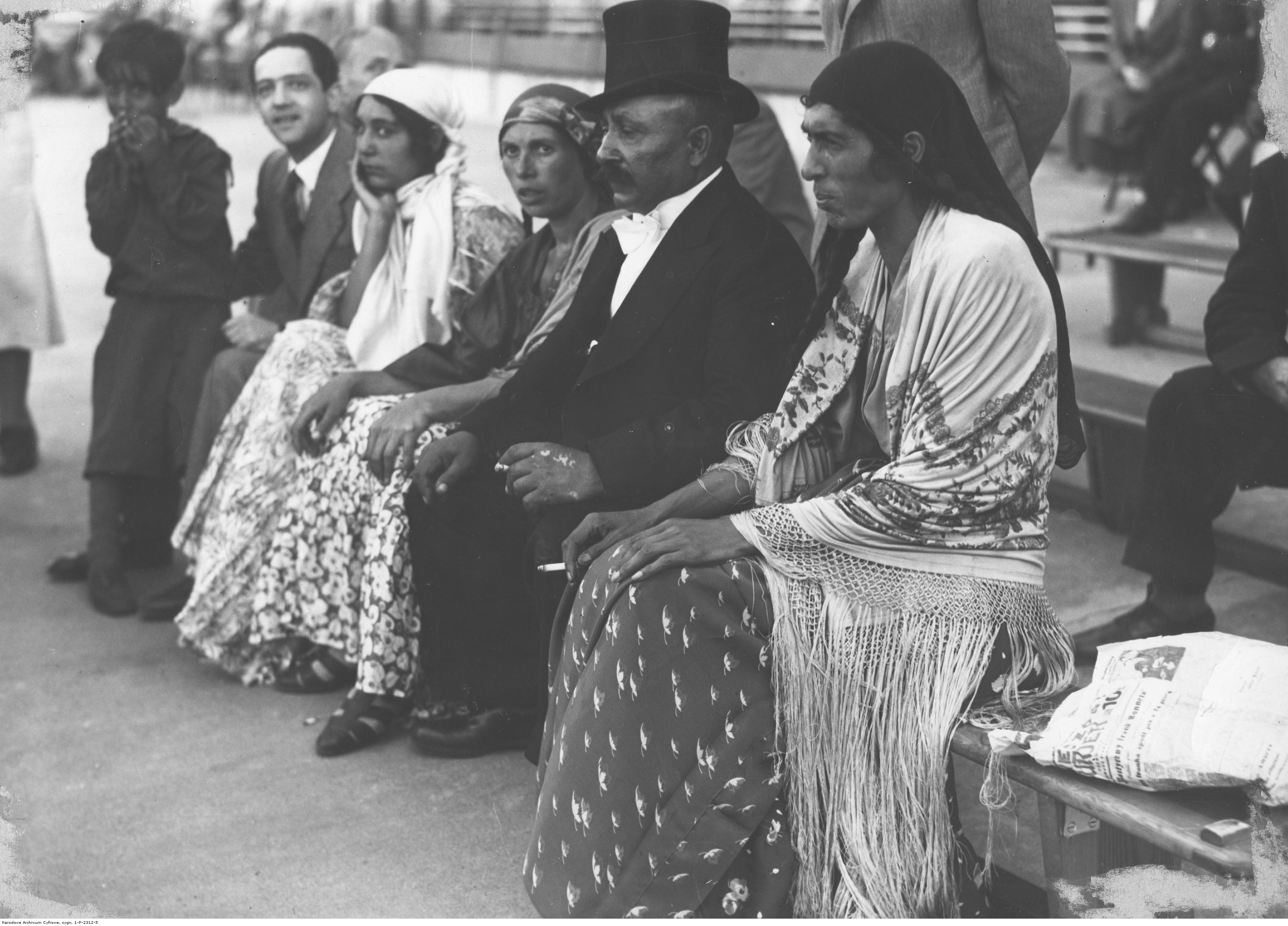
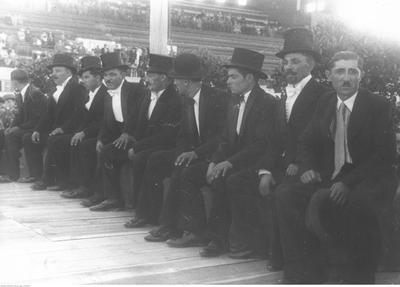
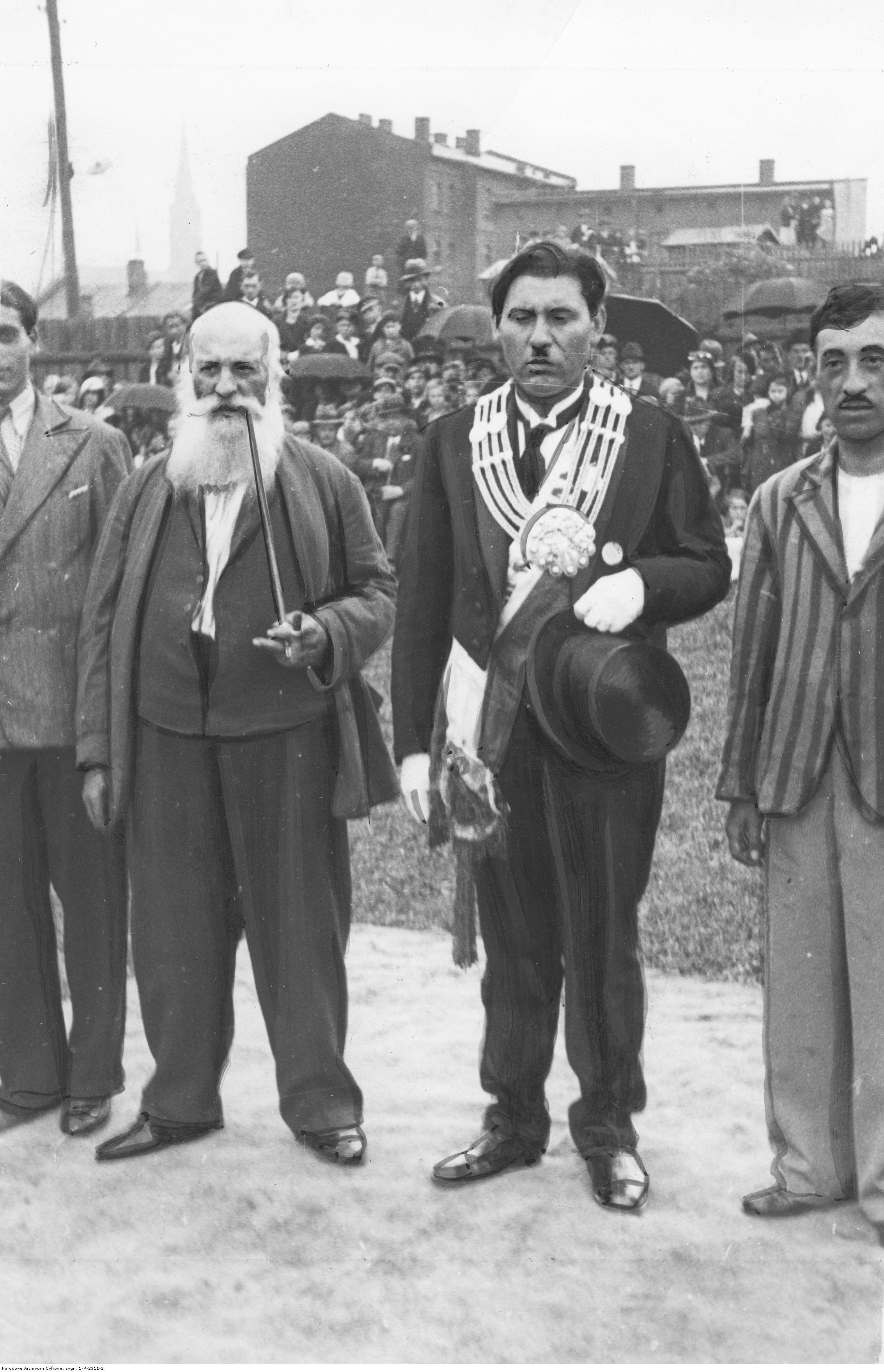
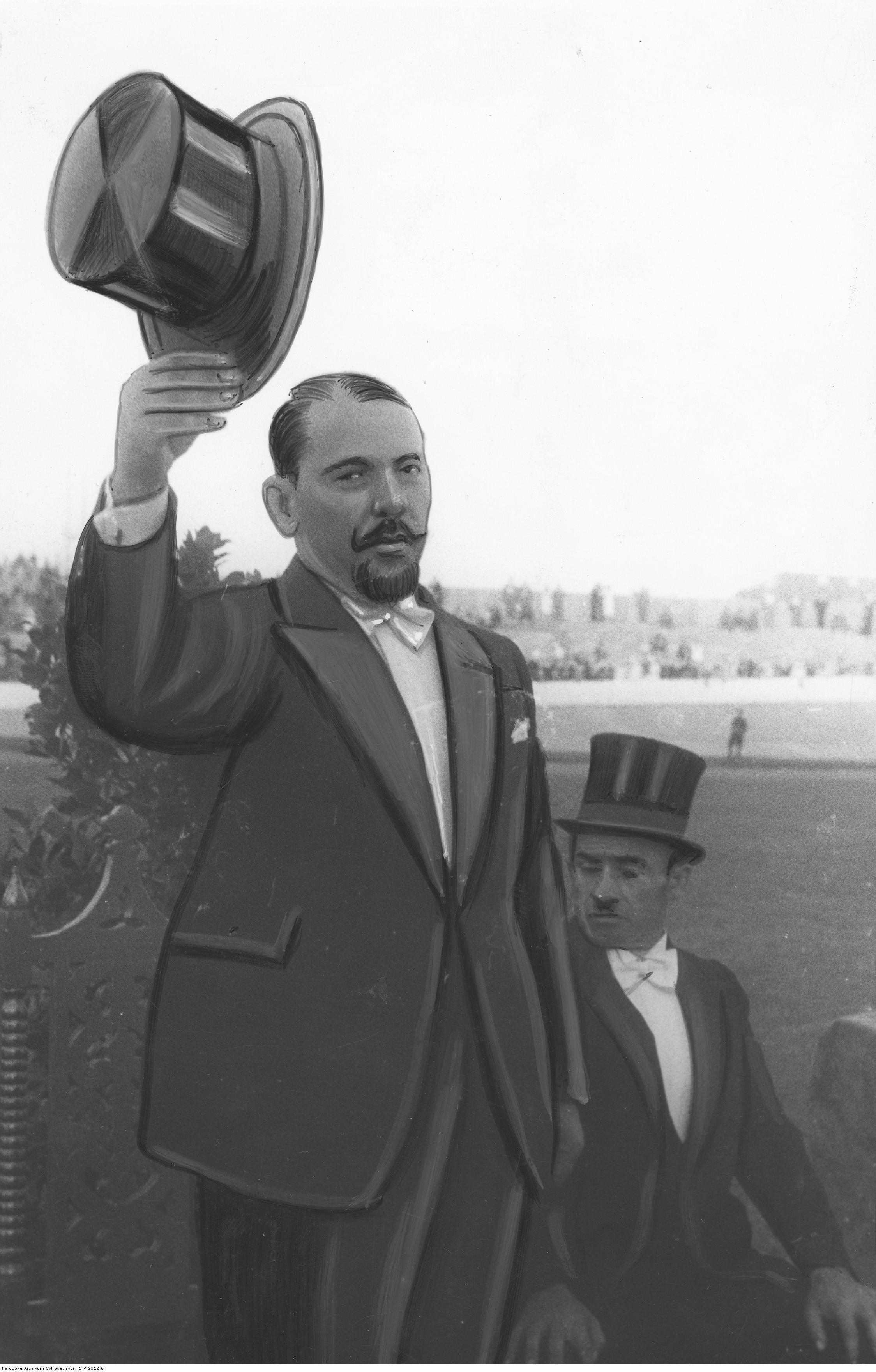


Cultural events



Stop to racism and discrimination of Roma people:
www.rogalinski.com.pl/europa/krwawiace-cyganskie-serce/
The estimates say there are about 15000 - 30000 gypsies in Poland. Very little compared to our southern neighbours: Slovakia, Bulgaria, Romania.
pl.wikipedia.org/wiki/Romowie_w_Polsce
Polska Roma are the largest and one of the oldest ethnolinguistic sub group of Romani people living in Poland. Some Polska Roma also live in North America, Switzerland, Sweden, Great Britain and countries of the European Union. The term "Polska Roma" is both an ethnonym of the group and a term used in the academic literature. As such it is distinct from the terms "Polish Roma" or "Roma in Poland" which denote the broader Roma population in Poland. Polish ethnographer Jerzy Ficowski, writing in the 1950s and 60s used the term "Polish Lowlander Gypsies" (Polish: Polscy Cyganie Nizinni) to refer to the same group, though this terminology is no longer in widespread use.
Polska Roma were nomadic until the twentieth century. They have not assimilated into broader Polish society, or the non-Romani cultures of other countries where they live. They are in fact one of the most traditional Romani groups in Eastern Europe. One exception to this is that the most common surnames among Polska Roma are characteristically Polish (for example Kwiatkowski or Majewski), or occasionally Polonized-German (for example Wajs or Szwarc). Polska Roma generally have had a very strict interpretation of Romanipen cultural laws and practices. Some cultural differences arose however within the community during and after World War II because those of the Polska Roma who spent the war in areas controlled by the Soviet Union were able to hold on to orthodox practice, while those under German occupation and threatened by genocide had to compromise the strictness of their traditions in order to survive.
They are closely related to Xaladitka Roma, or "Ruska Roma" who emigrated to the Polish-Lithuanian Commonwealth together with the Polska Roma. Because the Xaladitka settled in regions of present day Belarus, they became more affected by Ruthenian, rather than Polish, culture.[1]
More: en.wikipedia.org/wiki/Polska_Roma
e.g.,
After the war however, the communist government of People's Poland instituted a policy aimed at the "settling" of the Roma population which had survived the Holocaust. Initially this took the form of financial incentives - including free housing and "settlement funds" - but because the policy did not achieve the goals the communist authorities hoped for, by the late 1950s the policy evolved into one of forced settlement and outright prohibitions against the "nomadic" lifestyle. All Polska Roma had to register, "vagrancy" was outlawed, and Roma parents were often jailed if their children failed to attend the same school throughout the year (which was impossible in the context of a nomadic lifestyle). This policy of force resulted in about 80% of the previously nomadic Roma becoming settled, while a portion of the remainder went underground. Still others, emigrated abroad.
The Polska Roma poet Papusza (Bronis³awa Wajs) became nationally renowned during this period, as did her nephew, Edward Dêbicki.
History mingles with present times




Coronation of Gypsy King before the war







Cultural events



Stop to racism and discrimination of Roma people:
www.rogalinski.com.pl/europa/krwawiace-cyganskie-serce/









